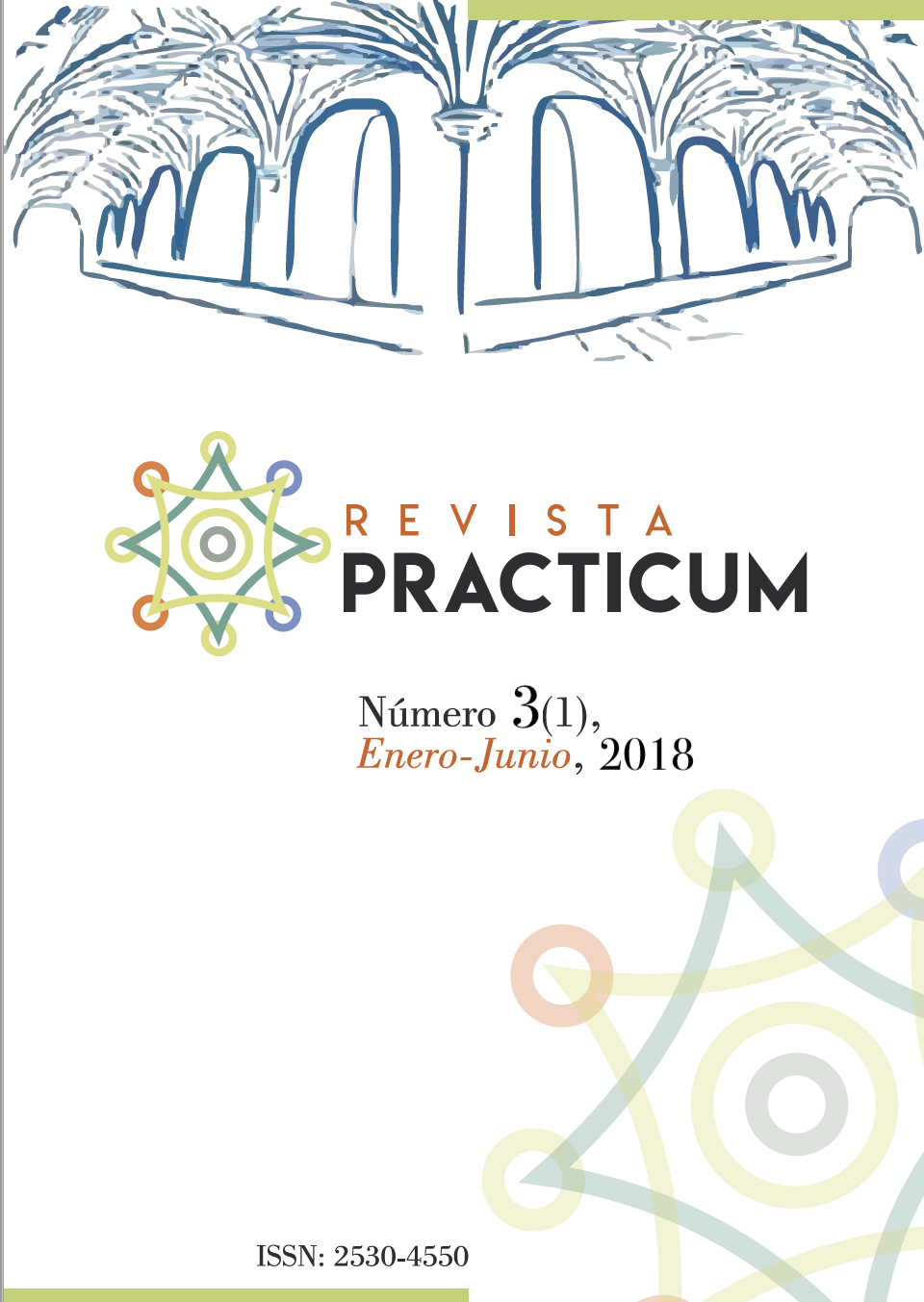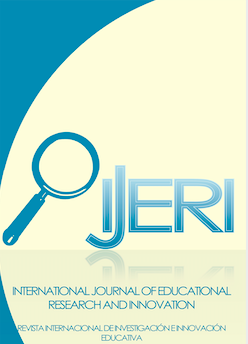Collaborative model of evaluation of learnings in the practicum through Corubric
DOI:
https://doi.org/10.24310/RevPracticumrep.v3i1.8275Keywords:
Practicum, Alternative Assessment, Collaborative Assessment, Portfolio, Scoring Ru-brics, Video Annotation.Abstract
In the last curricula the subjects of the Practicum and the External Practices hadan important increase in hours, both in those degrees that already had a trajectory and those for which they represented a new subject. In both cases, they are all involved in new issues, mainly caused by changes in the teaching and assessment of competency- based learning, students’ demands for more practical training related to the world of work, development and impact of technologies as the challenges that accompany them (preservation of identity, confidentiality contracts, repositories and copyright ...), among other important aspects. This paper presents a model based on collaboration where technologies have a relevant role, especially with the use of electronic rubrics and video annotations for tutoring and assessment of learning in the Practicum of the degree of Pedagogy. The model is described, the rubrics used and a list of advantages and requirements to apply the model, especially referred to Corubric.com, leaving for another time the analysis of Coannotation.com by the dimensions of this article.Downloads
Metrics
References
Bartolomé Pina, A., Canto?n Mayo, I. & Moral Ferrer, J.M. (2017). Una revisio?n a los Prác-ticum de la educacio?n desde las tecnologías. Revista Prácticum, 1(1) 40-53.
Cebrián-de-la-Serna, M. (2017). Recursos tecnológicos para un PLE-portafolios multi-media de calidad para el Prácticum y las prácticas externas. En XIV Symposium Inter-nacional Recursos para un Prácticum de Calidad. 5-7 Julio, Poio. Pontevedra, España. pp. 35-48. https://goo.gl/GUZKr8
Cebrián-Robles, D.; Pérez-Galán, R., & Cebrián-de-la-Serna, M., (2017). Estudio de la comunicación en la evaluación de los diarios de prácticas que favorecen la argumentación. Revista Prácticum, 2(1), 1-21.
Dickinson, P., & Adams, J., (2017). Values in evaluation–The use of rubrics. Evaluation and program planning. (65), 113-116.
Fuks, H.; Raposo, A.; Gerosa, M.; Pimentel, M.; Filippo, D. e Lucena, C. (2011). Teorias e modelos de colaboração. In: Pimentel, M. e Fuks, H. Sistemas colaborativos. Rio de Janeiro: Elsevier-Campus-SBC.
Gallego-Arrufat, M.J. & Dandis, M. (2014). Rubrics in a Secondary Mathematics Class. Mathematics Education, 9(1), 73-82.
Gallego-Arrufat, M.J. & Raposo-Rivas, M., (2014). Compromiso del estudiante y percep-ción del proceso evaluador basado en rúbricas. REDU. Revista de Docencia Universita-ria, 12(1), 197-215.
Gallego-Arrufat, M.J., Gámiz-Sánchez, V., & Gutiérrez-Santiuste, E. (2015). Tendencias en la evaluación del aprendizaje en cursos en línea masivos y abiertos. Educación XXI, 18(2), 77-96. doi: 10.5944/educxx1.12935
Lawson, T., Çakmak, M., Gündüz, M., & Busher, H. (2015). Research on teaching prac-ticum a systematic review. European journal of teacher education, 38(3), 392-407.
Martínez Figueira, E.; Tellado-González, F. y Raposo-Rivas, M.; (2013): La rúbrica como instrumento para la autoevaluación: un estudio piloto, Revista de Docencia Universita-ria vol 11 (n2), mayo-agosto, 373-390.
Sennett, R., (2009). El artesano. Barcelona: Anagrama.
Downloads
Published
How to Cite
Issue
Section
License
Acceptance of the work implies that the author grants Revista Prácticum the exclusive rights to reproduce, distribute and sell his or her work worldwide, both in digital and paper formats, CD-ROM, etc.
Likewise, the authors shall grant Revista Prácticum the rights of dissemination, public communication on the Internet and IT networks, data buses, as well as any other portals or electronic devices for online consultation of its contents and extracts, under the conditions of the portal, repositories or databases where the work is stored.
Revista Prácticum allows authors to publish and disseminate their articles and works on their personal websites, research teams, institutional repositories and scientific databases. All this in accordance with the Creative Commons 4.0 License









8.png)








